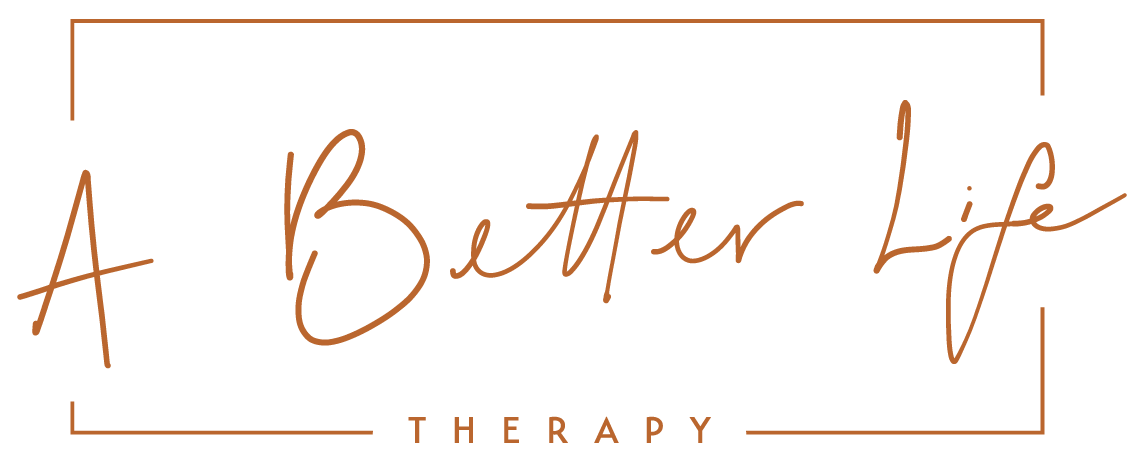I think, quite possibly, Beyoncé wrote “Crazy in Love” to express the state of limerance. Ever heard of it?
Read MorePart 2 of the previous post. Let’s talk about overcoming the fighting pitfalls below...
Read MoreMy colleague, Ariel Stern, shared this with me awhile ago: Some fights help couples grow and some fights cause irrevocable damage. It’s not the fight that is the problem, it’s how the fight happens.
Read MoreHave you ever heard of triangles? Murray Bowen, a pioneer in family therapy, observed triangles in families. A 2 person relationship is the basic unit of any emotional system.
Read MoreYou might physically be around each other more frequently after the arrival of your little one, but finding ways to connect can be challenging. You’re keeping a little human alive and staying in tune with their needs might take up all your bandwidth.
Read MoreWhy does a baby change your sex life? The causes of this are varied:
Read MoreDuring their research, John and Julie Gottman found that 1/3 of couples report marital satisfaction following the birth of their child. These couples do certain things to maintain positive feelings towards each other.
Read MoreAre marriages ruined by having children? Different studies by husband and wife teams, The Cowan’s and The Gottmans, show decreases in marital satisfaction after the birth of a child for about 2/3 of couples.
Read MoreIn Dr. Helen Fisher’s research on broken hearts, she found that once a partner recognizes that they are “never, ever getting back together” they might enter the “abandonment rage stage”.
Read MoreWhen a relationship that we aren’t ready to leave ends, it’s a common response to initially “protest” this loss. According the Helen Fisher, there are three phases that are common following a break-up.
Read MoreWhen you get dumped it really is painful. This article focuses on a common first response to having your heartbroken: the protest response.
Read MoreI want to talk about the “mental load” today. This post might make some people feel uncomfortable but it’s really important for individual and relational health.
Read MoreAttachment styles are not set in stone. They change over the course of our lives. They are first impacted by childhood, but continue to be molded by further experiences of relationships, life, and emotional and mental health.
Read MoreAvoidant attachment is the result of caregivers rejecting or ignoring a child’s emotional needs. Consistently telling a child not to feel or that what they are feeling is “bad” or ignoring them when they’re hurt or upset will result in a child that gives up on connecting.
Read MoreThis attachment group is the 2nd largest with 20% of the population experiencing it. When you relate with others and are impacted by this attachment style you might find yourself being viewed as “needy”.
Read MoreSecure attachment is an adult attachment style that shows up in romantic and other close relationships. Secure attachment is usually developed in childhood. Securely attached children find that their parents are there when they need them but also allow for independence and space.
Read MoreAttachment styles are developed in childhood in response to how your caregivers related to you. Then, in your adult romantic relationships you relate with your partner’s through the style that you developed.
Read MoreListening is a skill. It’s the ability to hear someone and understand and also make them feel understood. We aren’t naturally very good at listening. Human beings are ego centric by nature, which means we easily relate everything and anything back to ourselves.
Read More

















